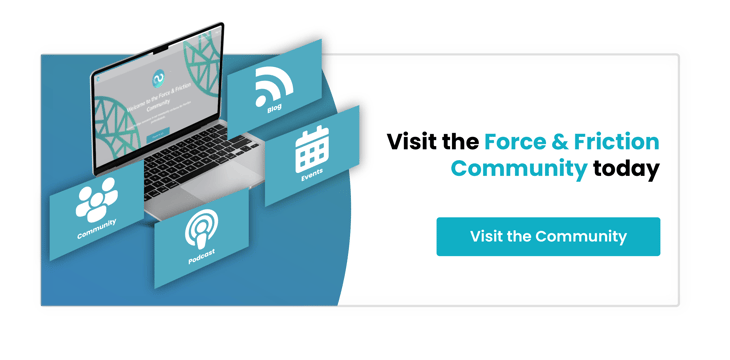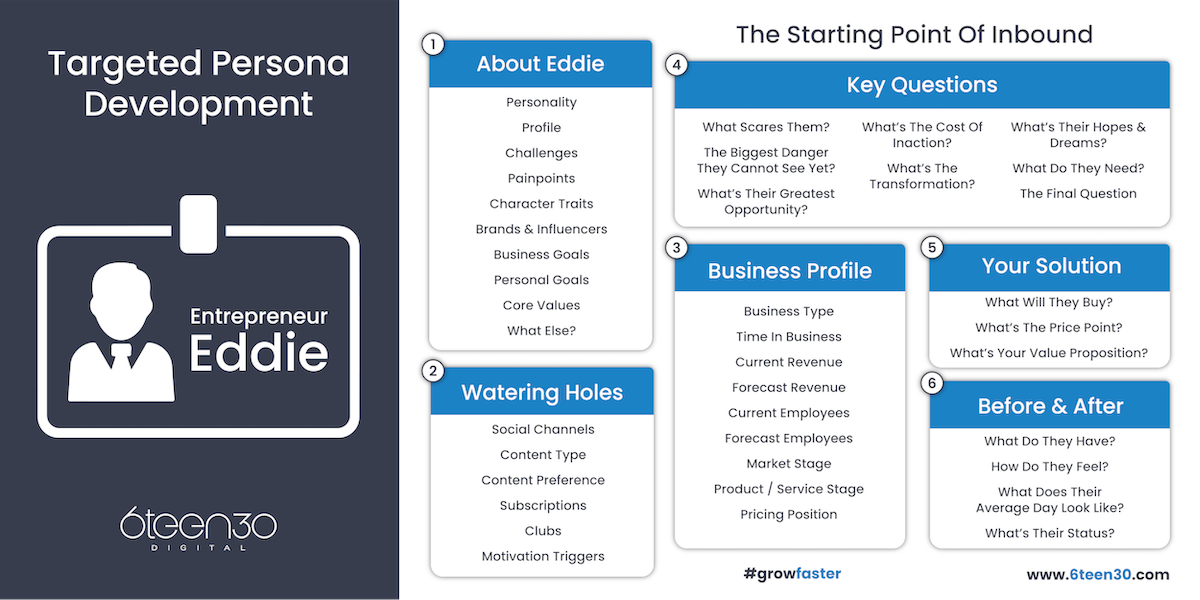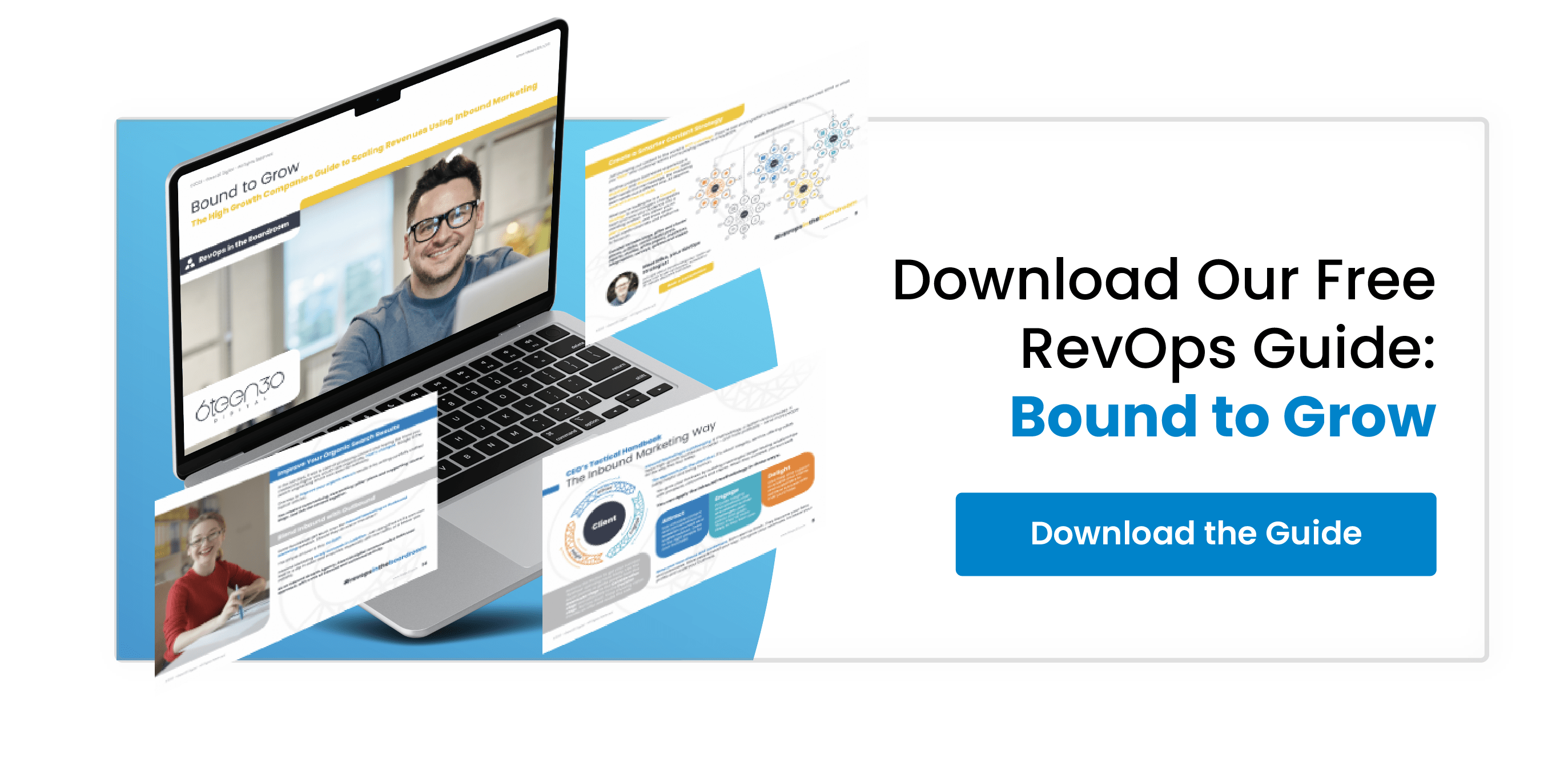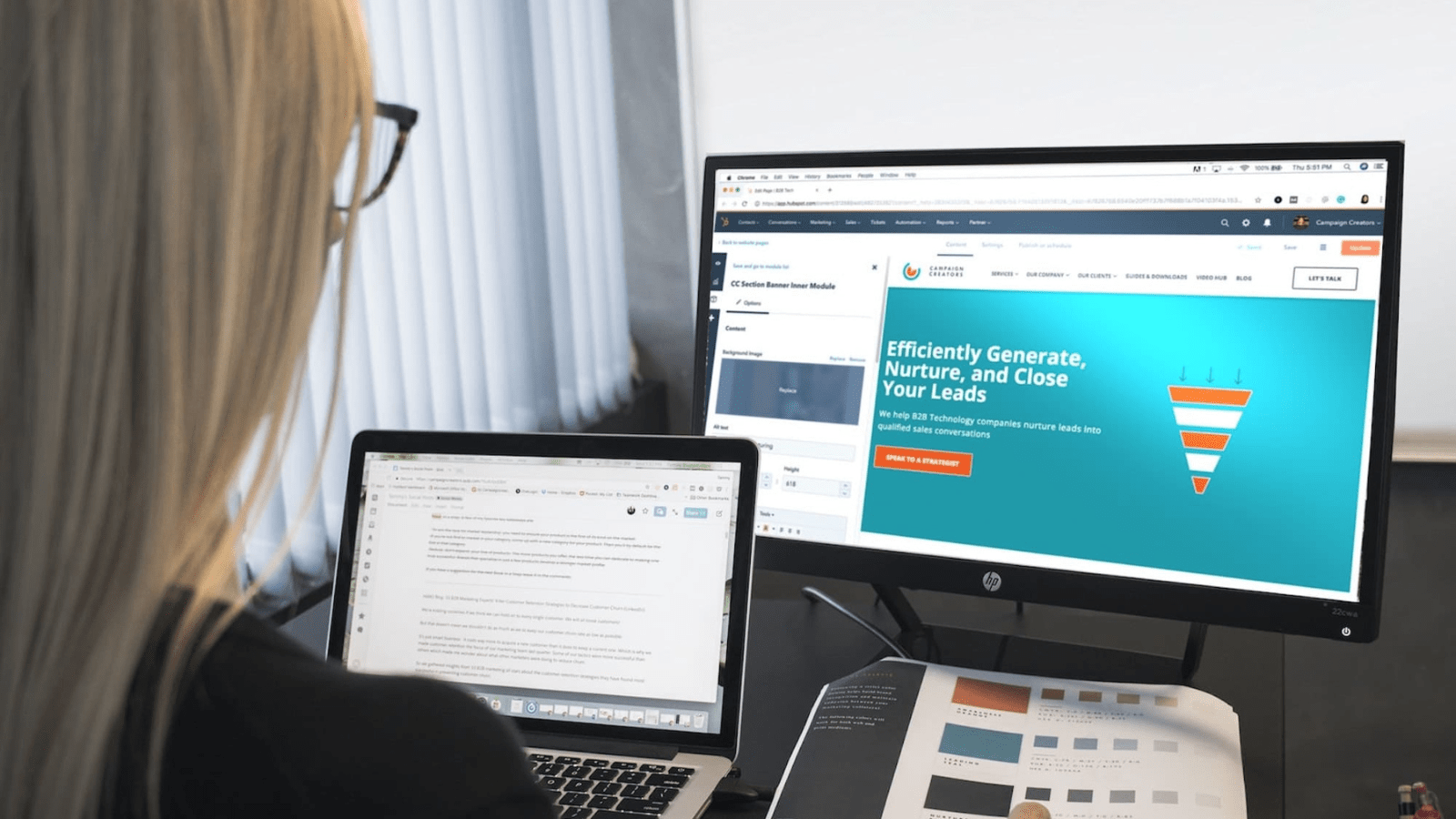
The Ultimate Marketing Persona Template to Build Your Content Strategy Around
You may already have a good idea about the core building blocks that make up a professional digital marketing strategy.
These fundamentals - auditing and analysis, lead generation, business model focus, and systemised alignment - are the same across all industries and sectors.
Yet there’s no one size fits all when it comes to attracting, engaging, and converting audiences.
That’s because no two audience pools are the same.
So while it’s vital to build a foundational strategy based on standard size building blocks, your plan will only succeed if it’s tailored and shaped by your marketing persona. 
Incorporating your marketing persona into your digital marketing strategy provides you with a solid foundation upon which to build and develop your content strategy.
Creating content should never be a game of guesswork; it should be strategically planned to ensure that you’re sending the right message, to the right audience, at the right time.
- But what is this message?
- Who are the right audiences?
- And when is the right time?
It’s vital to answer these questions if you want to build a low-risk content strategy that delivers.
Without this data, it’s tricky - if not impossible - to make informed decisions that are in the best interests of the future of your business.
Our marketing persona template highlights two valuable methods for gathering this data from the most useful sources:
1. External Interviews
If you want to know more about your clients - about what they want, what they value, and what makes them tick - the most obvious solution is simply to ask them.
Entrepreneurs can spend hours upon hours guessing and hypothesising; a technique that produces nothing more than vague estimates and wastes your valuable time.
The time that could be invested in growing and developing your core business.
External interviews can help you to build an authentic marketing persona reflective of your real audience.
Five main question categories that are worth considering
- Initiative
- Success
- Barriers
- Decision making
- Journey
Then three groups of audiences that can provide beneficial feedback and insight to help you develop a singular picture of your client:
- Existing Clients
Your existing clients have not only chosen to partner with you, but they’ve also decided to stay with you, so insight from this group is a great place to start.
Questions that are worth asking this audience are primarily based on initiative; what triggered the buyer’s search and what led them to your business.
Ask questions such as
- ‘How did you find the company?’
- ‘Where do you typically look for information?’, and
- ‘What sort of solutions were you looking for?’
Remember that each client is different, so try to interview at least 6 of your existing clients to build a thorough overall picture.
- Previous Clients
Getting in touch with ex-clients can feel challenging, but the truth is that this group can provide you with insight that your existing clients can’t.
This group can allow you to delve deeper into potential and perceived barriers by asking questions such as
- ‘What factors prevented you from continuing the relationship?’ and
- ‘What is something that we could improve on?’
This is also an excellent place to bring in decision criteria questions. For example,
- ‘What was different about us at first?’ or
- ‘What made you choose a different partner?’
It can help you to benchmark against your closest competitors.
- Current Prospects
Finally, don’t forget to include your current prospects that you’ve identified through your lead generation efforts.
Here, you can ask questions relating to success factors and the anticipated buyer journey.
For example, you may wish to ask.
- ‘What do you need to know from the company?’ or
- ‘What needs to happen for you to feel confident enough to buy?’
You could ask for information about their role within the company and information about the business decision-makers. This can provide insight into the hierarchy of your clients’ organisations, helping youto tailor your message.
Download Your Copy Of Bound To Grow: The High Growth Companies To Scaling Revenues Using Inbound Marketing
2. Internal Interviews
it’s natural to turn your focus to your clients themselves to build a marketing persona of your ‘ideal’ client,
However, what many entrepreneurs overlook is that their employees - the individuals who work most closely with clients - can also provide valuable insight to help create this image.
It’s a good idea to involve your marketing team, sales team, finance team, customer service team, manufacturing and production teams, and even your delivery drivers; anyone who instigates touch points across the client journey.
These people can provide real insight into the challenges that clients face, their decision-making process, and most importantly, about their experience from start to finish.
As a starting point, you may wish to ask questions such as
- ‘what is the biggest obstacle standing in the way of you developing deeper relationships with clients?’
- ‘what could the business improve on?’, and
- ‘do you have any insight into how similar companies manage challenges from your previous professional experience?’
A Template for Making Data-Driven Decisions
Ultimately, every question that you ask should give you something in return; data that drives you in the right direction. Insights firm Gartner believes this, too, with the following extract taken from the company’s ‘Ode to the Marketing Persona’...

Inbound marketing means being committed to placing the client at the centre of everything you do… but it’s not easy to focus on the client if you don’t know who your client is.
A marketing persona opens this door. It allows you to know your customer, know what they are trying to overcome, and most importantly, it will enable you to create content that speaks their language.
If like many, you feel that you’re wasting time and money on content that doesn’t resonate, then you’ll appreciate the certainty and assurances that come with building a content strategy based on the hard facts.









%20-%20Teal.png?width=500&height=130&name=Force%20%26%20Friction%20-%20Branding%20-%20Logo%20(White)%20-%20Teal.png)